Worksite safety toolbox talks improve the level of safety on a job site by keeping team members informed and aware of the potential hazards and strengthening communication between painting contractors. They also demonstrate how seriously a business values the safety and wellbeing of residents, tenants and workers, and demonstrates compliance with health and safety regulator standards.
Why are safety toolbox talks important for painting contractors?
Daily safety toolbox talks have been found to reduce workplace incidents by as much as 82%. While frequent safety toolbox talks are clearly a very effective way to improve a company’s culture of safety, this practice can also contribute to greater productivity and improved business reputation.
What should be addressed in safety toolbox talks?
Safety toolbox talks should be short, succinct, and simple safety discussions conducted before work starts at the job site. They should ideally engage painting contractors to discuss the health and safety risks associated with their tasks and can also identify updates for initial risk assessments as the painting project moves along. We’ve put together a list of example topics to cover below:
1. General housekeeping and cleanliness
When worksites are messy and not routinely cleaned, the risk of slips, trips and falls is higher. That’s why the most common types of slip injuries should be discussed and how to identify and minimise any hazards on the job site. It’s also important that painting contractors respect the space for the tenants or residents by not leaving tools and waste lying around as this can also leave a negative impression on the business.
2. First Aid
Even when your contractors follow all the safety procedures, accidents sometimes still happen, and that’s why understanding first aid procedures is critical. This can involve alerting all painting contractors and informing all on-site staff of where the first aid supplies are located and the necessary steps for administering aid until medical help arrives.
3. Accident reporting
Accident reports are necessary to comply with worker health and safety standards and to avoid the recurrence of the same accident happening in the future. Contractors should understand the necessary safety and reporting protocols before an injury, incident, or even a near-miss occurs. During safety toolbox talks, painting contractors should be instructed on what to do in the event of an incident and should be encouraged to report it.
4. Safe operation of machinery and equipment
It’s crucial for painting contractors to understand the risks involved with operating certain tools and machinery so they can do everything they can to avoid risk. When working on equipment such as ladders or Elevated Working Platforms (EWPs), they should be aware of all the preventive measures before working from heights. During safety toolbox talks, it’s important to discuss the safety provisions, including headgear, harnesses, fall protection equipment, and potential fall hazards.
5. Fire safety
All staff and contractors should know the potential fire risks, the different types of fire safety precautions, prevention methods and what to do in the event of a fire. It’s also crucial that the location of fire exits, alarms, and extinguishers are well-communicated in toolbox talks.
6. PPE safety
Personal Protective Equipment (PPE) reduces contractors’ exposure to potential hazards, so it’s critical to communicate the importance of PPE in keeping all workers safe. This can include informing contractors about the current regulations and guidelines of PPE and also making a note of any defective equipment needing replacement.
7. Awareness of the worksite environment
Your contractors should be aware of the environment they are working in and tailor their approach accordingly to worksite health and safety. For example, a worksite in a school environment will differ greatly from that of a retirement village or aged care facility. The specific nuances of the environment should be addressed in a worksite safety toolbox talk to ensure everyone involved is on the same page.
An effective safety toolbox talk helps promote a culture of safety on the worksite and facilitates the sharing of knowledge and safety best practices among your painting contractors. Having painting contractors onsite who recognise the importance of safety toolbox talks and have industry-specific experience can help improve the overall health and safety of the project, as well as the business reputation.
Whether you're already working with a painting and maintenance contractor, or you're in the process of sourcing providers, our essential guide to WHS contractor management will help you meet Australian industry regulations and ensure site safety. Download it today.
Higgins Coatings is Australia's premier commercial painting contractor with over 70 years of experience in providing cost-effective painting and tailored maintenance solutions to a broad range of industries including hospitals, aged care, schools, and strata. If you need quality painting services delivered on time and within budget, contact us today for a consultation.
Recent Posts
-
The cost-effective solution
Dhananjay Kapoor07 Oct 2025 at 10:10 PM -
Why schools are choosing floor rejuvenation
Dhananjay Kapoor07 Oct 2025 at 10:09 PM -
Why leading schools choose Higgins for floor rejuvenation
Dhananjay Kapoor07 Oct 2025 at 10:09 PM -
Floor rejuvenation in action
Dhananjay Kapoor07 Oct 2025 at 01:53 AM -
Top trends affecting the value of commercial property in Australia
Higgins Coatings01 Jul 2025 at 01:30 AM -
Your guide to budgeting for commercial building painting
Higgins Coatings23 Jun 2025 at 11:15 PM -
Painting apartment exteriors: Best practices
Brendan Childs02 Mar 2025 at 10:00 PM -
Strata painter: 7 key considerations for hiring
Narell Majic02 Feb 2025 at 10:00 PM -
How to find good tradespeople you can always rely on
Sam McHugh08 Jan 2025 at 10:00 PM









